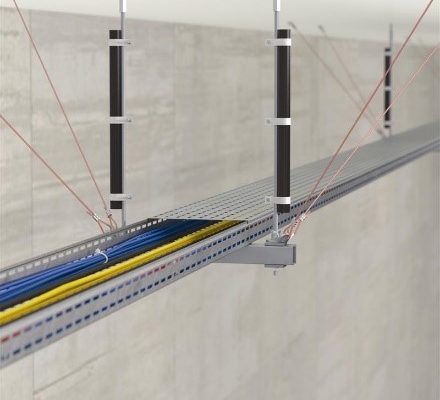If you missed nVent CADDY’s seismic bracing webinar with nVent HOFFMAN, you’re in luck. Here’s the recap!
Want to listen to the webinar in full or download the slides? Visit our site.
Earthquake 101 and the Case for Seismic Protection
As is common knowledge, earthquakes are the rapid vibration of the earth’s surface due to the sudden movements in the subsoil, leading to energy release spreading in the shape of waves propagating in all directions. Earthquakes’ intensity are measured on the Mercalli scale, Richter scale and by the peak ground acceleration.
- Mercalli Scale: estimated intensity on the surface based on the effect locally induced on structures, people and things.
- Richter Scale: measures energy released at focus (logarithmic scale)
- Peak Ground Acceleration: measures horizontal waves maximum acceleration on the surface in “g” (m/s2)
The Case for Seismic Protection
- Structure is not seismically braced: building collapses

- Structure is not seismically braced: building stays standing but services break
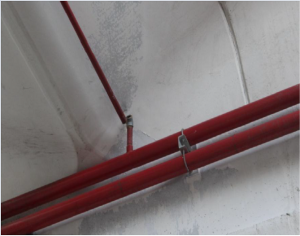

- Structure is correctly seismically braced: building and service maintain functionality and operation

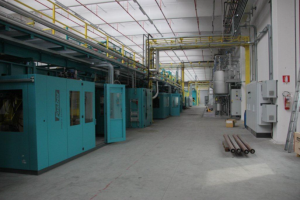
Laws, Codes and Standard Requirements
There are several authorities which require seismic bracing for certain applications and building types including legally adopted building codes, insurance companies and engineers. Some examples include the International Building Code (IBC) in the United States, National Building Code of Canada, Construction Products Regulation in the EU, FM Global, Hartford and more.
Building Codes Reference
Building codes reference standards specify what is required to be protected, these include ASCE 7, NFPA 13 (US), EN1998 aka Eurocode 8, EN12845 (EU), NTC 2018 (Italy) and DZ 4541 (New Zealand).
Guidelines and Specifications
Industry guidelines and specifications direct the implementation of earthquake protection, these include NFPA 13, FM Global Property Loss Prevention Datasheet 2-8 (Fire), ASHRAE (HVAC), NEMA (Electrical), ACI (Concrete anchors) and SMACNA.
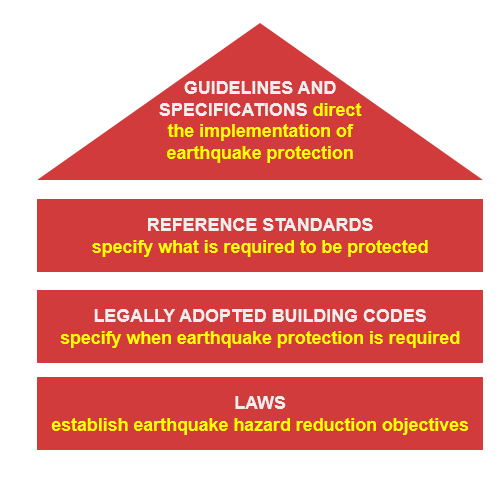
This graphic shows how laws, standards, codes and guidelines work together to create a safe bracing situation.
The need for earthquake protection of nonstructural building components is in the structural design requirements of the building code, and in the building code reference standard ASCE 7 (American Society of Civil Engineers).These nonstructural building components are architectural, mechanical, electrical, and plumbing equipment and systems.
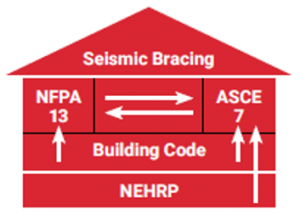
This graphic shows the flow of hierarchy for standards, codes and laws.
As of May 2, 2016, any new building covered by Executive Order (EO) 13717, was required to comply with the seismic provisions of the 2015 or later edition of the International Building Code (IBC). This EO mandated the implementation for the NEHRP standards for reducing earthquake vulnerabilities of facilities and systems.
Chapter 13 of ASCE 7 – Design Requirements for Nonstructural Components contains the requirements for seismic design and is referenced by all U.S. codes and standards. This is the best resource internationally to understand what is required to be protected, certification requirements, testing alternatives and exemptions.
Basis for Seismic Design Category and When to Brace
Codes & standards categorize the risk each building poses in the event of an earthquake based on its occupancy:
- Low hazard to human life in the event of a failure
- Most buildings, incl. individual housing
- Buildings that represent substantial hazard to human life in the event of failure. (High occupancy, containing hazardous material, power generation)
- Essential, first response facilities
- Hospitals, Police Stations, Fire Stations, Public Utilities, Natural Hazard Shelters, Emergency Communication Centers
- Ancillary structures required to operate these facilities during an event
- Facilities containing extremely hazardous materials that could threaten the public if released (ASCE 7, IBC)
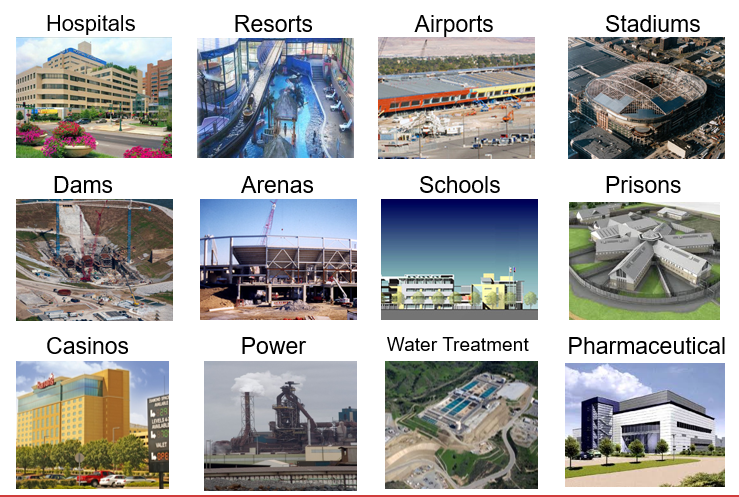
Whether bracing is required or not also depends on site peak ground acceleration and soil conditions, as addressed in the map below.
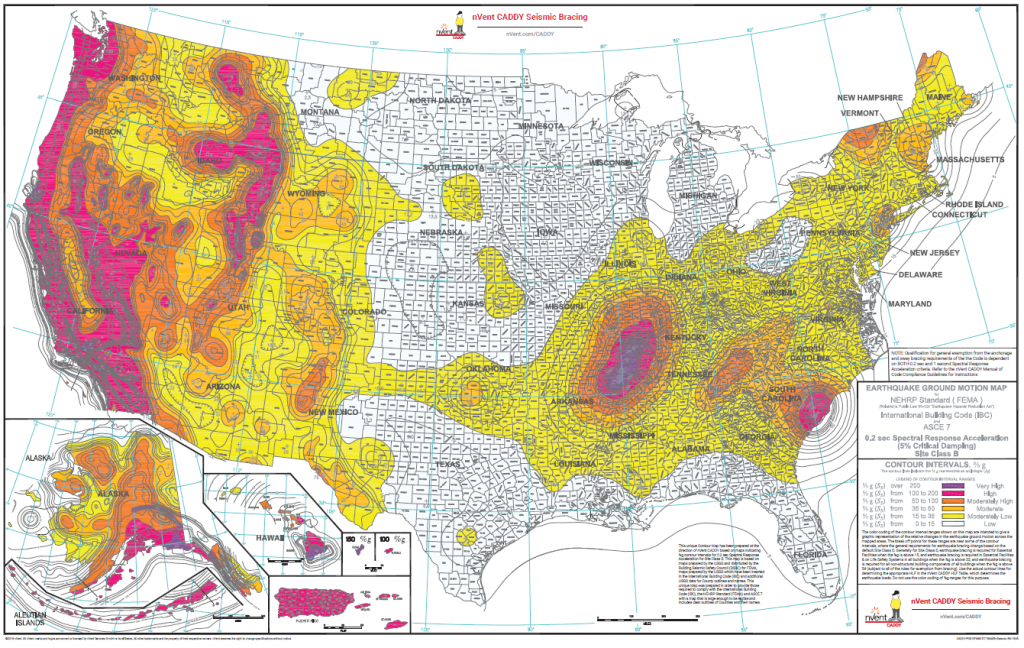
How Damage Can Occur: Sliding and Overturning
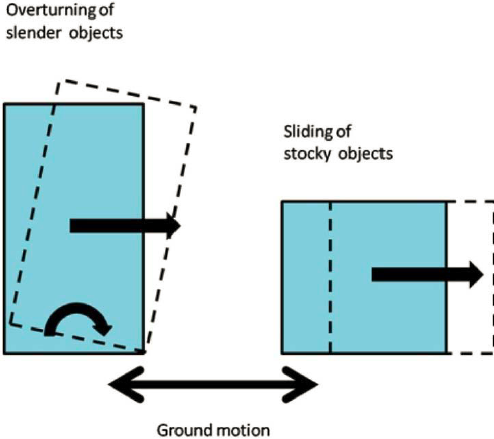
Anchor to Protect

How Damage Can Occur: Swaying and Colliding

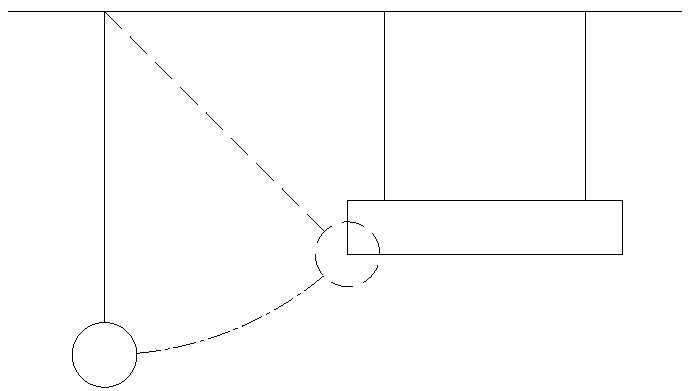
Brace to protect
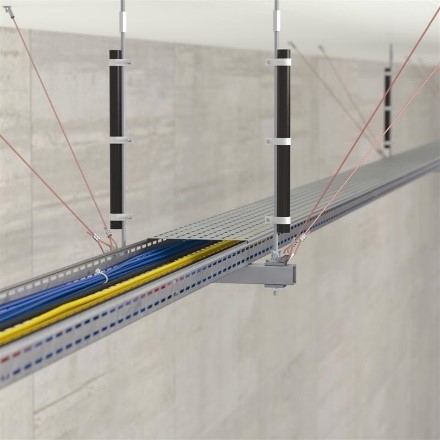
There are several solutions for seismic bracing for a variety of applications available from nVent CADDY. Read applications and product blog to learn about the different applications and the full product offering, or visit our product page.
Want to listen to the webinar in full or download the slides? Visit our site.

